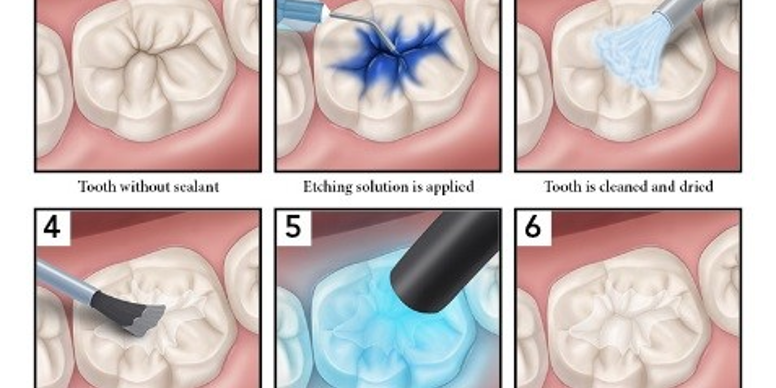

Written by Erin C. Bennett
Last month, the North Carolina Oral Health Collaborative, led by Zachary Brian, D.M.D., M.H.A., announced the approval of a new state regulation designed to increase access to preventive oral health services for children in dental provider shortage areas across the state. Specifically, the new rule which was developed in partnership with the North Carolina Dental Society, enables public health hygienists to offer preventive treatments, such as sealant and fluoride treatments, to populations with poor access to dental services without an initial exam by a dentist [1, 2]. Public health hygienists have completed additional training with the North Carolina Department of Health and Human Services (NC DHHS) and work under the direction of a dentist employed by NC DHHS or a local health department [3]. Preventive oral health services are within the training of public health hygienists licensed in the state, but prior to this rule change, North Carolina was one of the 11 states that placed regulatory prohibitions on the ability of hygienists to provide these services without supervision by a dentist and a prior dental exam [4].
Functionally, this change allows a dentist to issue a standing order in lieu of the previously required initial exam—paving the way for hygienists to provide services more efficiently in school sealant programs and other programs designed to extend basic oral health services to underserved populations [5].
Dental disease is a chronic problem for children in North Carolina, and is the most common chronic disease among children nationwide [6]. According to a report by NC Child, 15% of kindergarteners across the state face untreated dental decay. Within communities of color and low-income communities, the rates are even higher. Dental disease often begins with cavities that, when left untreated, produce points of tooth decay, known as “caries.” The effects of tooth decay in childhood can have far-reaching consequences that stretch into adulthood. Socially, children with persistent tooth pain are more likely to miss school and fall behind. From a health standpoint, dental disease is linked to development of chronic conditions like diabetes, cardio-pulmonary disease, cancer, and respiratory diseases [7].
Dental sealant application is an evidence-based treatment that decreases the risk of cavities [6]. Sealants are specialized coatings that can be painted onto molars to keep harmful bacteria out and prevent cavities. The CDC reports that sealants have an 80% effectiveness rate for the first two years after application, and then have a 50% effectiveness rate in preventing cavities an additional two years thereafter [6].

This rule change has particular effect on the school-based sealant programs that have been piloted across the state in the last five years. School oral health clinics extend services to children who may otherwise never see a dental provider—due to transportation barriers, geographic provider insufficiency, or cost barriers [5]. The new rule removes the administrative and personnel burden associated with sending a dentist to each program to provide initial exams and allows hygienists greater latitude to provide preventive services to children in need.
More information on the oral health needs of low-income children in North Carolina and efforts across the state to combat chronic pediatric dental disease can be found in the 2013 Report of the Task Force on Children’s Preventive Oral Health Services and the forthcoming update to the report. Additional information on developments in oral health care services for North Carolinians can also be found in the November/December 2017 issue of the North Carolina Medical Journal.
References